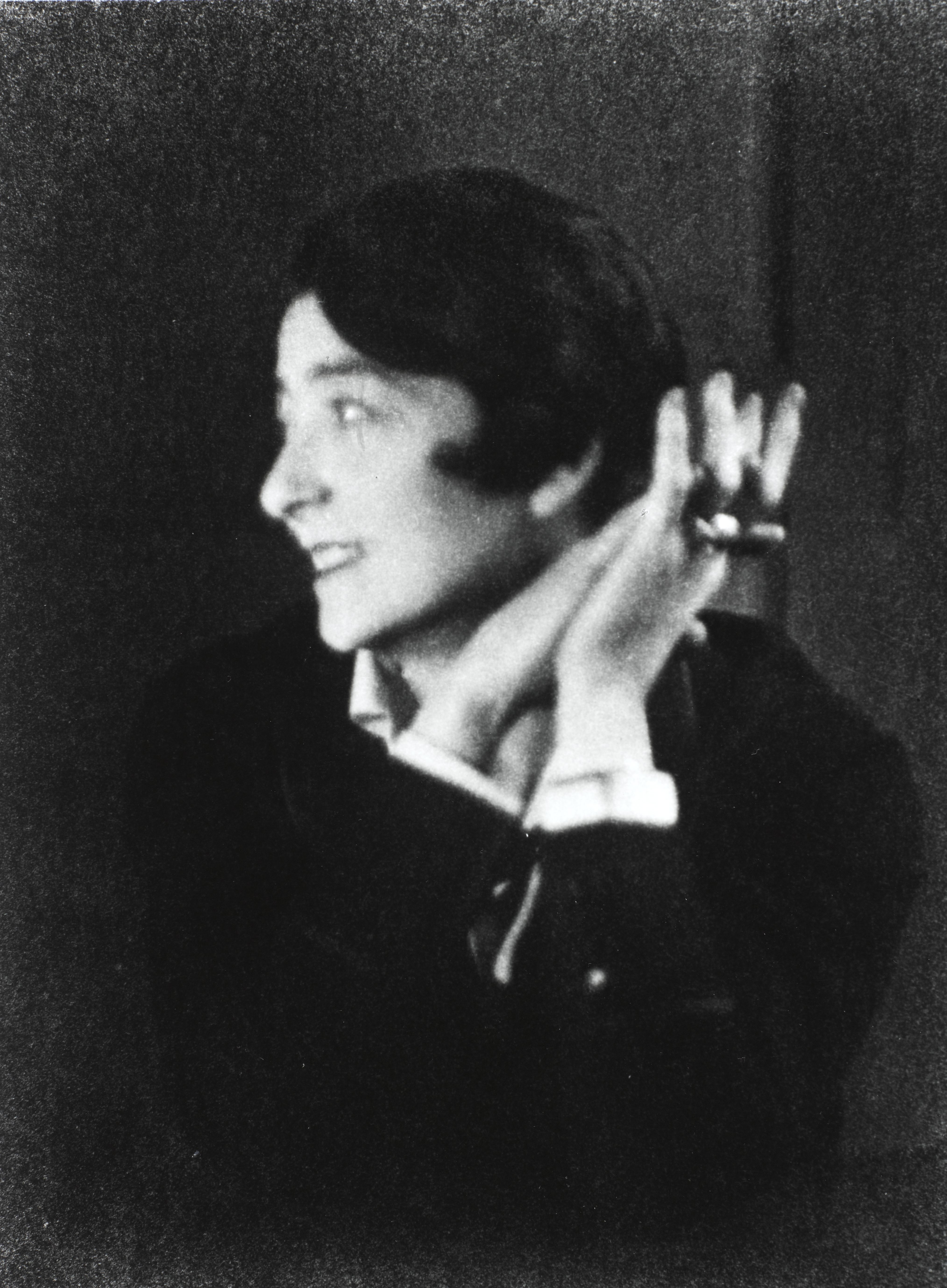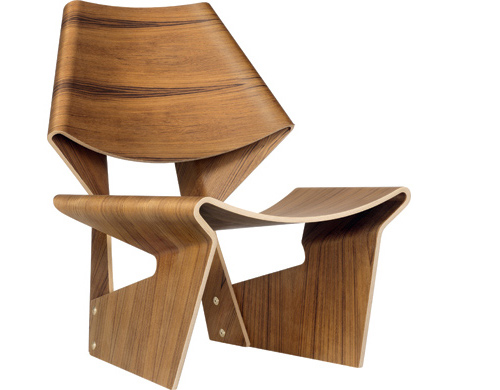Thursday, February 26, 2015
Wednesday, February 25, 2015
Cute Little Designer Furniture Setup
I saw this collection at The Art Institute of Chicago, thought it was fun to have so much exciting stuff in one photo.
Cobra Desk Lamp, Los Angeles, CA 1948/49
Designed in America by the Swedish born Greta Magnusson Grossman (1906-1999)
Made by the American Ralph O. Smith Co. (1949-1954)
Aluminum and steel
Paldeo "Ectoplastic" Desk, Zeeland, Michigan c. 1940
Designed in America by Gilbert Rohde (1894-1944)
Made by the American Herman Miller, Inc., founded 1923
Paldao, acacia burl, brass, imitation leather
Bench and Cushion, New York, New York 1945/55
Edward J. Wormley, American (1907-1995)
Cherry, plywood, and cotton/rayon
Folding Screen, Venice, Califonia 1946/48
Designed by Americans Charles Eames (1907-1978), Ray Eames (1912-1988), and Herman Miller, Inc. (founded 1923)
Made by the American Evans Products Company, Molded plywood Division (founded c. 1943)
Molded ash plywood and canvas
Tuesday, February 24, 2015
Monday, February 9, 2015
The Art Institute #1
My next few posts are going to be about my trip to the School of the Art Institute of Chicago, focusing on my visit to the Institute itself. Best art museum in the world, or so I hear. It's where I'm thinking I'll go to school next year (SAIC, not the museum) so my parents and I went for about three days. All posts shall still be furniture related, as I spent much time in American Design exhibit.
For starters, lets talk someone who's very important everywhere, but especially in the Chicago area: Architect and designer Frank Lloyd Wright. As many architects do he did a lot of furniture work with similar patterns and styles to his architectural work. Wright was actually a bit of a special case because he was insanely neurotic and controlling, doing everything from designing every interior and exterior aspect of the homes he built (gardens, furniture, etc) to choosing the clothes his wife wore each day.
For starters, lets talk someone who's very important everywhere, but especially in the Chicago area: Architect and designer Frank Lloyd Wright. As many architects do he did a lot of furniture work with similar patterns and styles to his architectural work. Wright was actually a bit of a special case because he was insanely neurotic and controlling, doing everything from designing every interior and exterior aspect of the homes he built (gardens, furniture, etc) to choosing the clothes his wife wore each day.
The above chair is a simple one designed by Wright, but the styles are precisely what he uses time and time again in his architecture. Right angles and geometric shapes, particularly rectangles, are a staple of sorts for Wright, being present in many of his buildings and products. These patterns are especially common in his stain glass work, which is present in most of his buildings.
This desk-and-chair set is Frank Lloyd Wright as well. The curved lines and organic shapes are less typical of his work. It's chic and I want it.
Sunday, February 8, 2015
Tuesday, January 27, 2015
Stuff and Things
This isn't a business of quick turnaround and project after project. These pieces have a lot of layers, what with the need for both aesthetic and structural success. My goal is to finish the pieces I'm working on (Bass Clock, Recycle Chair, Silver Chair, Roll Stool) and then move on to models, work with various material, and work on technique. Unfortunately, by starting each project before I finished the last one I've got a lot on my hands. I've backed up the studio, gotta bang it all out. At this point it's really about sitting down and doing the work, which I WILL now do (thanks credit deadline).
Wednesday, December 3, 2014
Monday, November 3, 2014
My Babies
I love my tools so much. Learning about furniture design is, to me, more about the process than the result. The methods I try and the techniques I learn or develop mean more to me than the product. A huge part of any design procedure are the materials and tools needed for it! I have two power tools of my own, which make me feel very good about myself:
Also Ryobi brand, this tool is called an orbital sander. Mine cost about thirty five bucks. The dust collecter, though only functional with certain types of paper, keeps the mess to a minimum. I've found that this sander doesn't pack the punch that I wish it would, but that probably has to do more with the paper than the machine, as well as the fact that any handheld tool is going to be far weaker than an upright one. This sander is good for minor leveling, cleaning up rough edges, smoothing away marks and scratches, and removing paint. Leaves some swirls in the wood if lifted too slowly or not soon enough while being turned off.
That pretty thing is called a reciprocating saw. Ryobi is the Home Depot brand, so it was the cheapest. I got mine for sixty some dollars. When plugged in, various levels of pressure on the trigger cause the blade to go in an out of the body of the tool at various speeds, acting as a quicker version of a manual saw. The vibrations of this machine are really intense and make my teeth shake, so I would definitely recommend only using this with secure seating or a wide footed stance, as well as gloves if you have them.
Also Ryobi brand, this tool is called an orbital sander. Mine cost about thirty five bucks. The dust collecter, though only functional with certain types of paper, keeps the mess to a minimum. I've found that this sander doesn't pack the punch that I wish it would, but that probably has to do more with the paper than the machine, as well as the fact that any handheld tool is going to be far weaker than an upright one. This sander is good for minor leveling, cleaning up rough edges, smoothing away marks and scratches, and removing paint. Leaves some swirls in the wood if lifted too slowly or not soon enough while being turned off.
Sunday, November 2, 2014
Subscribe to:
Posts (Atom)

















































